Partners
Espoo Museum of Modern Art, Espoo (Finland)
EMMA is an art museum that believes in the power of art to inspire and evoke a unique visual and spatial experience. It is Finland’s largest art museum, with gallery space covering a total area of over 5500 m2.
The museum is located in the Espoo district of Tapiola in the former Weilin & Göös printing house designed by Professor Aarno Ruusuvuori (1925–1992). The building is a classic sample of 1960s concrete brutalism and an iconic local landmark. Famous for its sweeping lawns and pine woods, Tapiola is the quintessential Finnish Garden City of the 1960s.
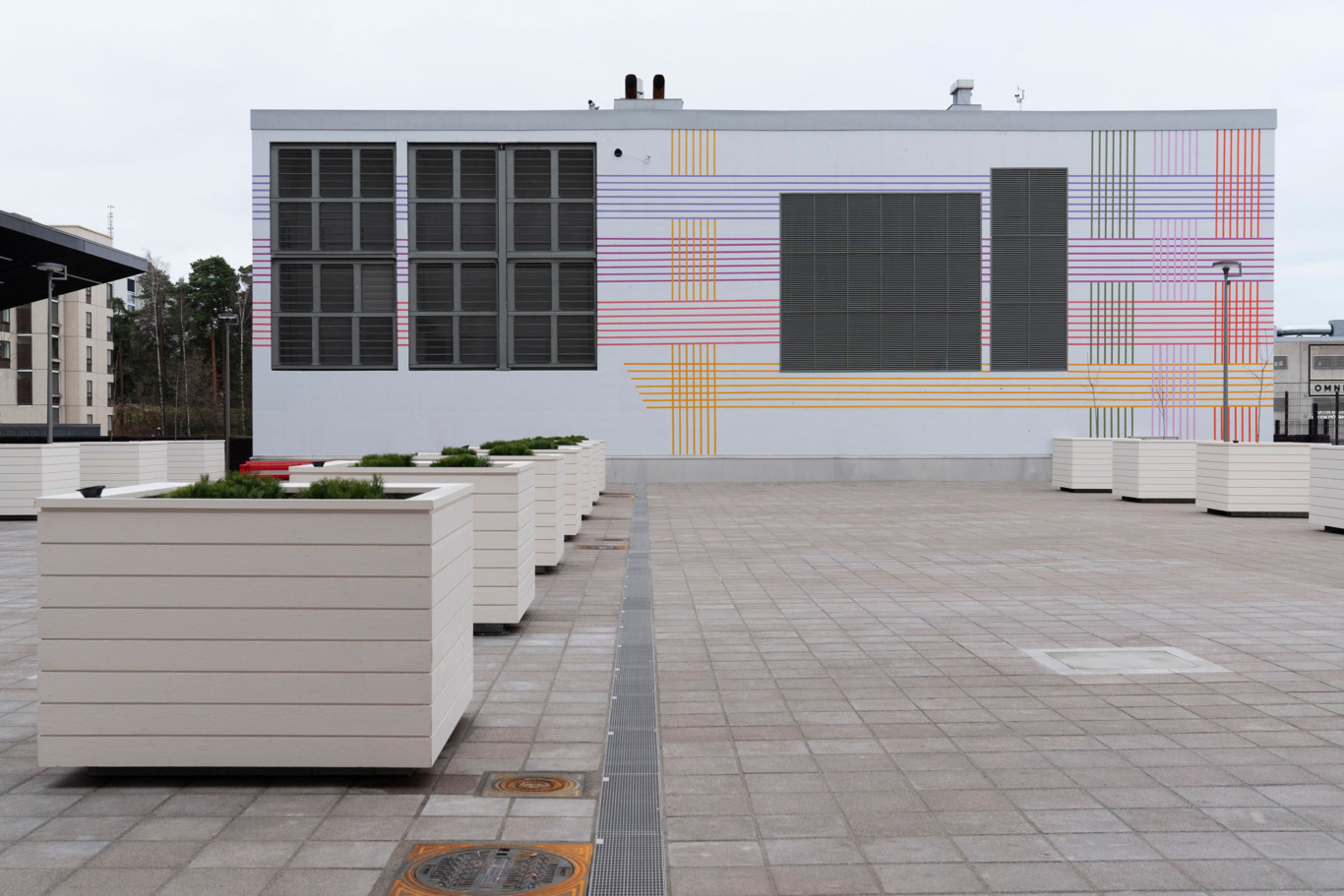
The panoramic, north-facing windows connect the interiors with the woodlands of Tapiola. There are no obstructing walls in EMMA’s expansive exhibition space, as the ceiling is suspended from eight massive columns. This unusual architectural solution creates an expansive open area that was originally designed to accommodate massive printing presses. Today the vast interior forms a core part of the museum’s identity and is an enduring source of inspiration for both our artists and visitors.
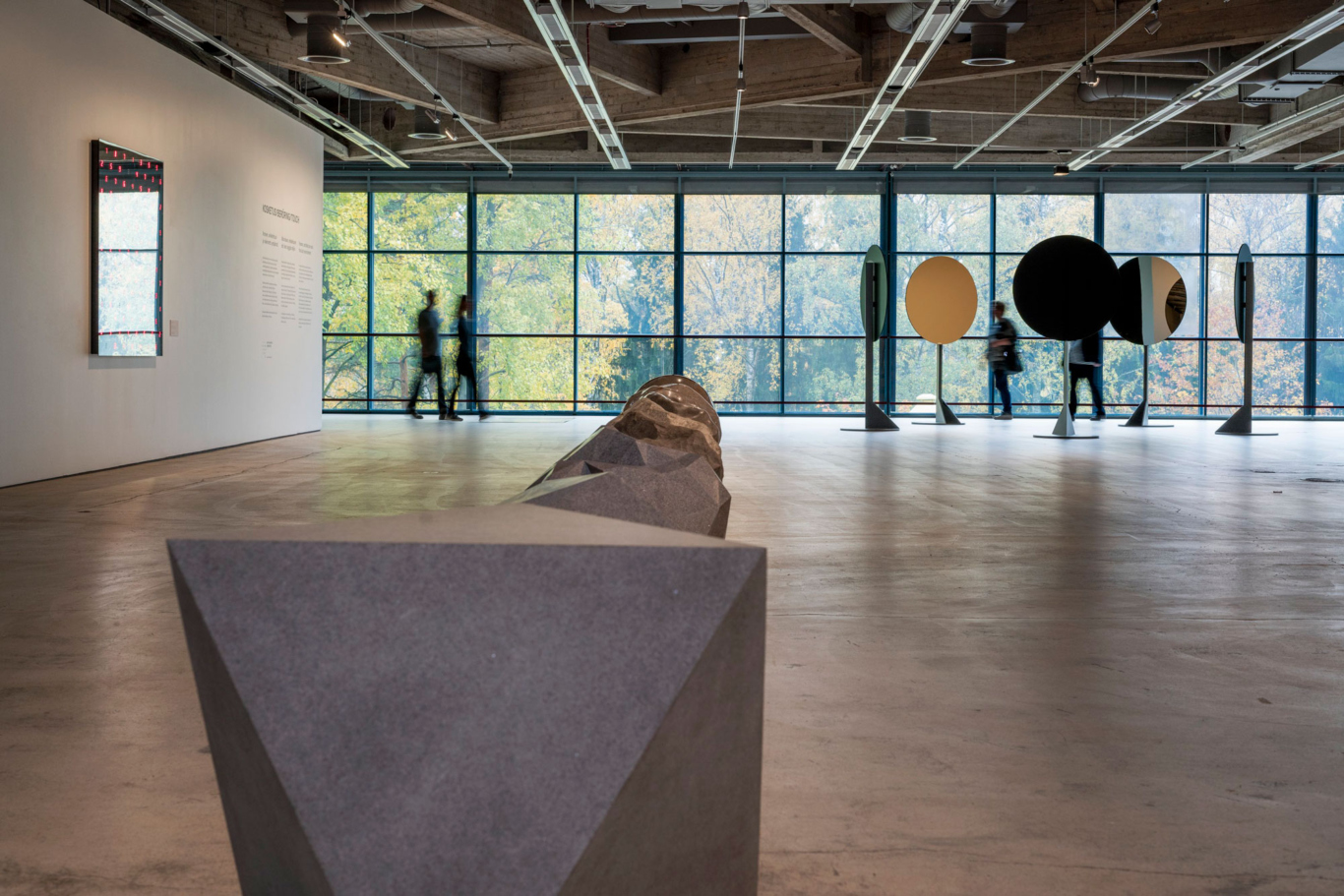
Espoo Museum of Modern Art believes in art’s power to change. They put people first in designing a varied, high-quality programme of exhibitions and events that invite dialogue between contemporary art, design and modernism.
EMMA collaborates closely with two leading Finnish art foundations, the Saastamoinen Foundation and the Tapio Wirkkala Rut Bryk Foundation. A curated pick of alternating works from the Saastamoinen Foundation is on permanent display at the museum, featuring the latest relevant names in Finnish and international contemporary art. The Tapio Wirkkala Rut Bryk Foundation Collection is on display in a special gallery called Visible Storage, where audiences are welcome to independently explore and discover classics of modern design. EMMA also brighten up the urban space of Espoo by presenting its growing collection at metro stations, schools, hospitals and other public venues around the city.
The Latvian National Museum of Art, Riga (Latvia)
The Latvian National Museum of Art is the largest depository of professional art in Latvia and takes an important place in collecting, preserving and popularizing the cultural values in Latvia and foreign countries. It regularly organizes art exhibitions, educational activities and cultural events.
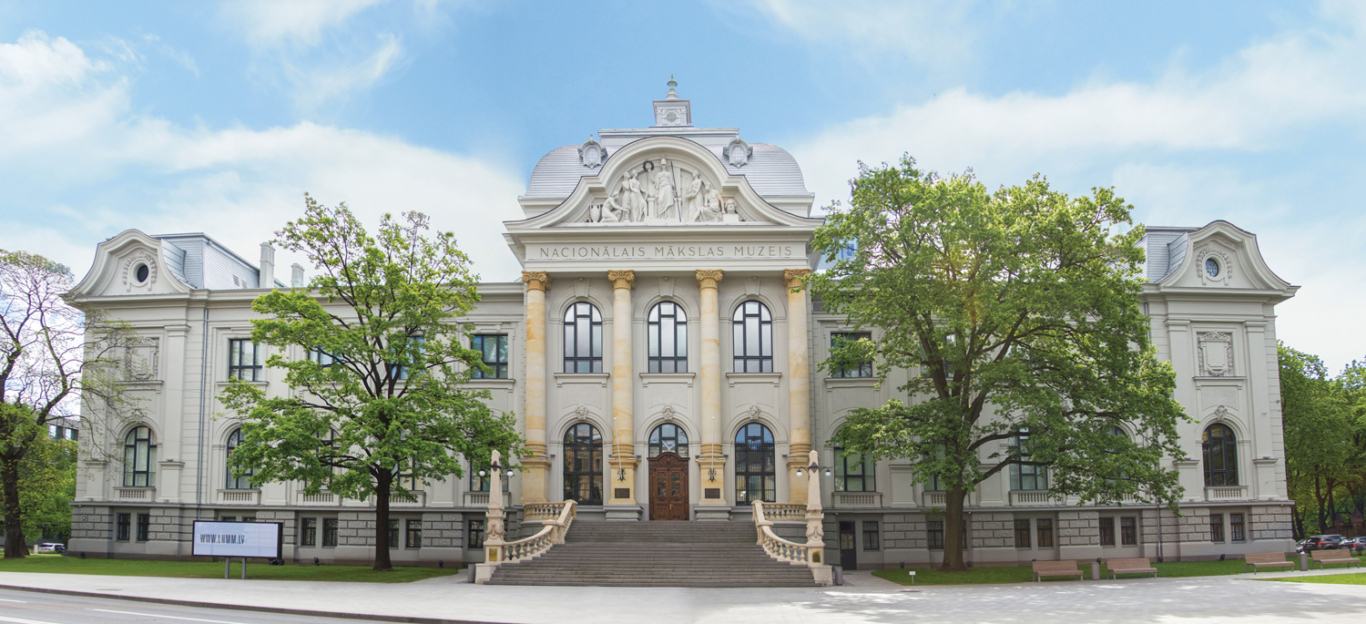
The Latvian National Museum of Art is a platform, where you can find and discover a wealth of information about Latvian and global visual and decorative arts development. With its unique vision and excellent material, the museum is an integral part of the Latvian identity, as well as an exciting value in the world museum context.
The Latvian National Museum of Art consists of:
Main building of Latvian National Museum of Art,
→ Art Museum RIGA BOURSE,
→ Museum of Decorative Arts and Design,
→ Romans Suta and Aleksandra Beļcova Museum,
→ ARSENĀLS Exhibition Hall,
→ Museum Storage Facility.

The Art Museum Riga Bourse positions itself as a place for cultural exchange, where excellence is more important than the artist’s national origin. With its activities, the museum forms a bridge between Asia, Europe and America, offering a dialogue amongst expressions of classical and contemporary art in its displays and exhibitions. Museum regularly implements an active exhibition programme, too. In 2011, Art Museum Riga Bourse moved to the historical building of Riga Bourse (1856), realizing great restauration of this building. Museum is located in the centre of the Old Town next to the main square. For its competence, Art Museum Riga Bourse has won the European Museum of the Year Award (EMYA) special prize in 2013. Among the Museum`s partners are Louvre, Orsay and Pompidou Centre in Paris, Prado in Madrid, V&A in London, The Royal Museums of Art and History in Brussels, the MOMA in New York, Washington National Gallery, the Forbidden City in China, the Shanghai Museum and many others.
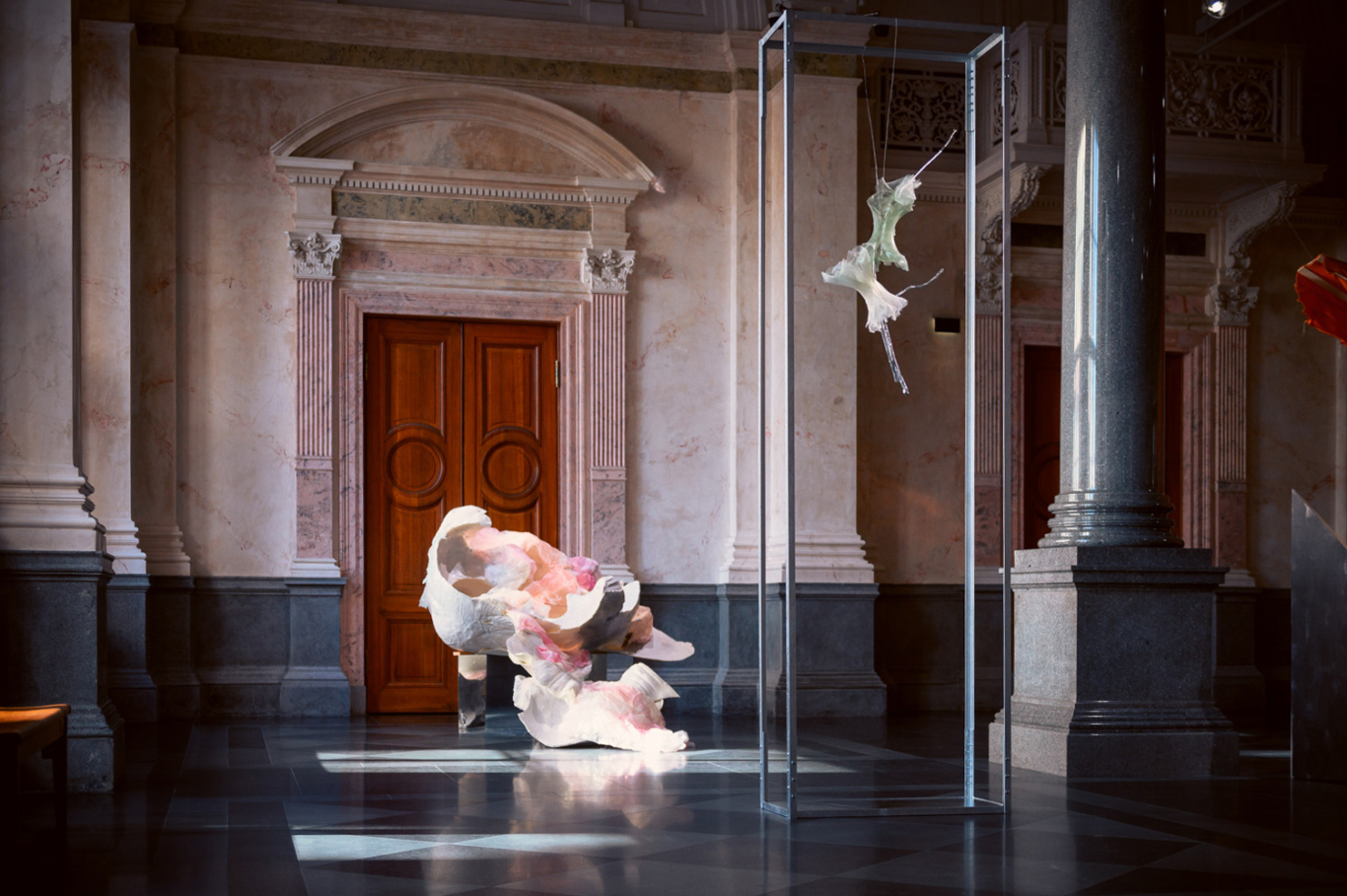
In 2013 the exhibition 4 Moving Poems of famous Polish contemporary artists, film director and poet Lech Majewski was held, and in 2018 in collaboration with the Centre of Polish Sculpture in Orońsko – the Artistry. 100 Years of Polish Sculpture Exhibition, which is taking place on the 100th anniversary of Poland regaining its independence and the establishment of the Latvian state.
Contemporary Art Centre, Vilnius (Lithuania)
Located in the Old Town of Vilnius, the Contemporary Art Centre (CAC) is one of the largest contemporary art venues in the Baltic region. It is a public institution founded in 1992 by the Lithuanian Ministry of Culture. The CAC aims to enrich the cultural life of the city and the local and international discourse of contemporary art, and create valuable professional opportunities for artists and other participants of the field.
Every three years the CAC organises the Baltic Triennial – one of the most ambitious contemporary art projects of the Baltic region. The CAC regularly collaborates with international art biennials and venues to present Lithuanian artists’ work abroad, and has overseen the Lithuanian Pavilion at the Venice Biennale a number of times.
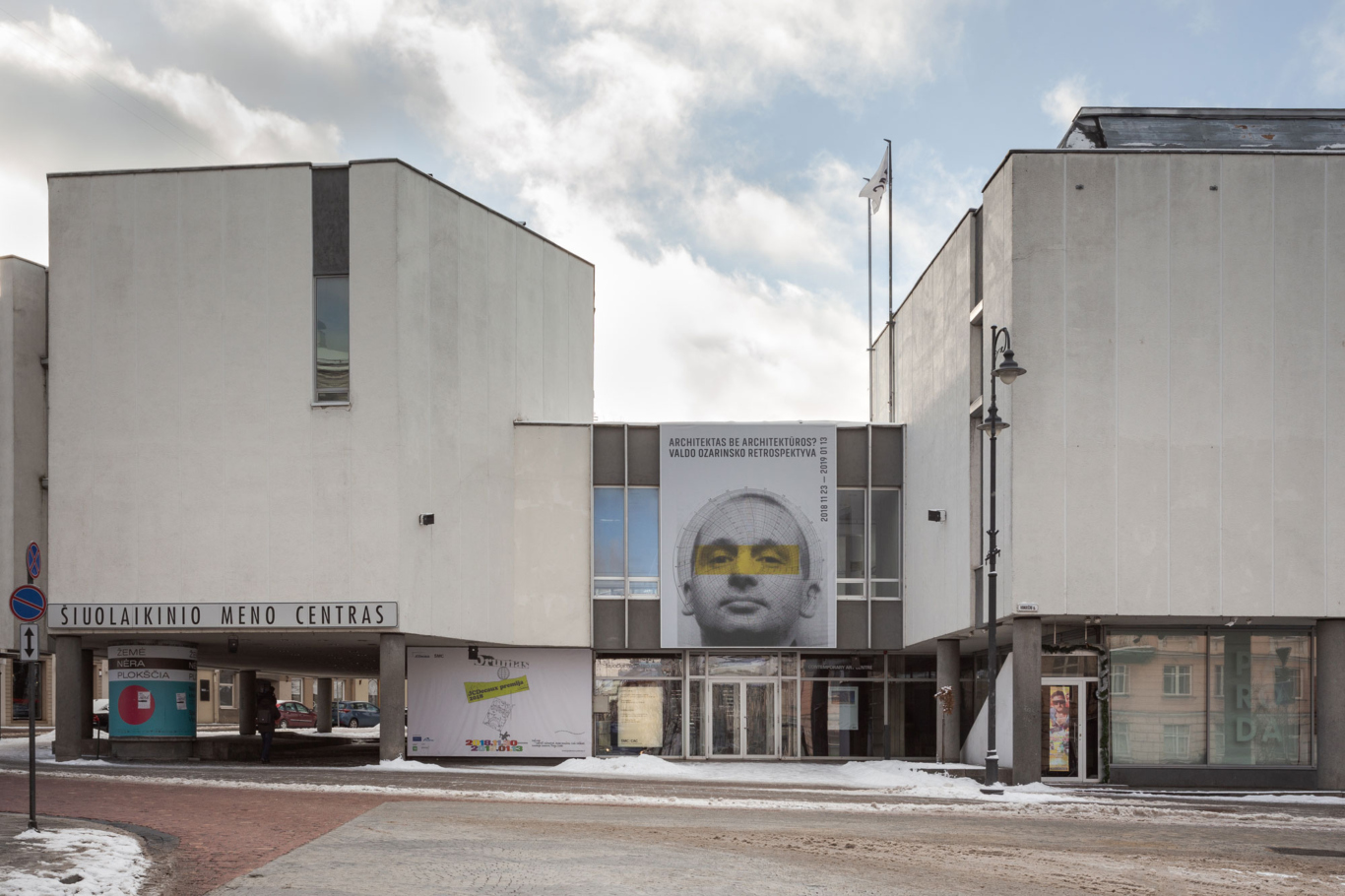
A very important place in this institution is The CAC Sculpture Yard. It houses an accumulating open-air assembly of recently produced artworks. It was established in 2017, marking the CAC’s 25th anniversary. To implement the project, the decision was made to return to the original idea of the building’s architect Vytautas Edmundas Čekanauskas – a project that included an open yard dedicated to exhibiting sculptures outdoors. The establishment of a sculpture yard in a space designed for this purpose restores the integrity and vision of the CAC architectural ensemble, considered to be a valuable heritage object. Today, this changing exhibition space is in the Old Town of Vilnius, is available to visitors free of charge where they can experience artworks by Lithuanian and international artists. Many of the artists whose works are presented in the yard are closely related to the activities of the CAC, while some of the sculptures on display have previously been shown in exhibitions organised by the CAC. The works currently on view in the CAC Sculpture Yard include sculptures by artists Antanas Gerlikas, Vaiva Grainytė, Žilvinas Landzbergas, Beatričė Mockevičiūtė, Robertas Narkus, Mindaugas Navakas, Pakui Hardware, Felipe Braga, Maria Loboda and Augustas Serapinas.

The National Museum in Gdańsk (Poland)
The National Museum in Gdańsk ranks among the oldest museums in Poland. It inherits the traditions and collection of the Gdańsk City Museum (1870) as well as of the Museum of Handicrafts (1881), which were given rise to by Jacob Kabrun’s (1759–1814) collection, consisting of several thousand paintings, drawings and prints by European masters, created between the late fifteenth and the early nineteenth century.
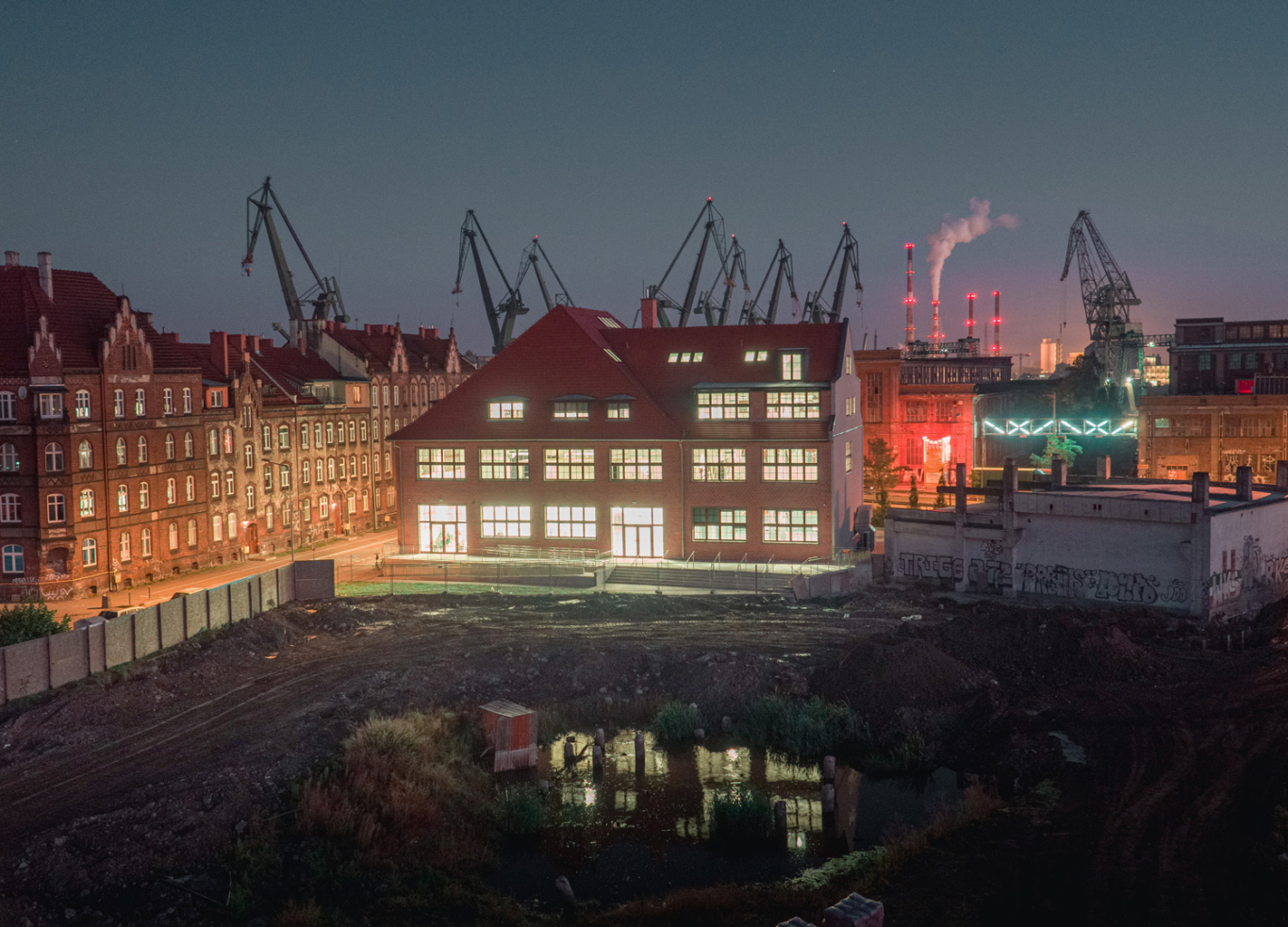
The greatest treasure of the Museum is Hans Memling’s Last Judgement, a masterpiece of European painting. The rich and, in many threads, sensational history of the triptych, its complex iconography and, above all, its artistic merit of the highest rank constitute the unquestionable value and appeal of the work. Moreover, the Museum presents valuable objects that document the rich artistic tradition of the old Gdańsk, including mediaeval retables, sculptures and fabrics, relics of furniture making and goldsmithery, painting and engraving of the early modern period. The institution stores as well an interesting collection of modern Western European art. An important place within the collection of the NMG occupy works from the field of modern and contemporary art. Among them there are, primarily, exhibits representing Polish and German art of the nineteenth and twentieth century, including a small but valuable collection of German avant-garde and a collection of the so-called Sopot School, which is important for the local artistic identity. Special attention should be paid to the collections of photographs: from the views of the nineteenth-century Gdańsk, to works documenting the former Borderlands of the Republic of Poland, Gdańsk and Poland of the post-War years, to interesting contemporary works.
The newest manifestation of the interest of the NMG in the art of the late modern period is NOMUS, the New Art Museum. This venture is being executed in co-operation with the authorities of Gdańsk with the aim of presenting the Gdańsk Collection of Contemporary Art, which has been consistently accumulated for several years.
The State Gallery of Art in Sopot (Poland)
The State Gallery of Art [Państwowa Galeria Sztuki – PGS] in Sopot is a local government institution financed from the budget of the municipality of Sopot, with its headquarters at Plac Zdrojowy 2. The director of the gallery is Eulalia Domanowska.
Aiming to showcase the most important phenomena of Polish and foreign art and to reach the widest possible audience, the PGS cooperates with galleries and museum institutions at home and abroad. It has particularly close contacts with galleries in the Baltic States and the eastern neighbours (Ukraine, Belarus). The gallery co-organizes important cyclical events: “Within Sopot” Festival of Photography, Open Source Art Festival and also the Pomeranian Art Triennale. A new stage in the work of this institution will be the international competition of sculpture in the public space “Baltic Horizon” – a joint project of the City of Sopot, Ergo Hestia and the PGS.
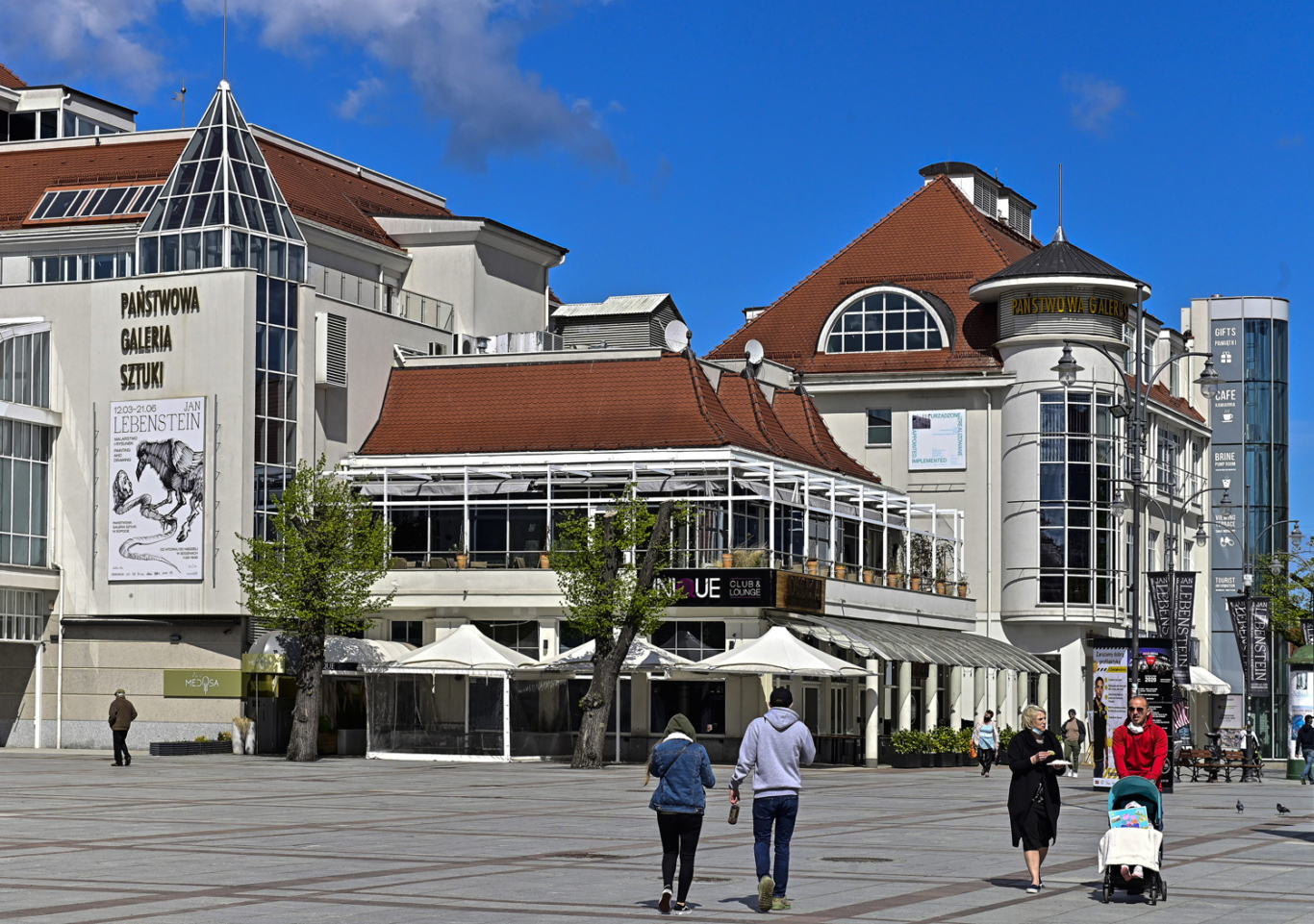
The State Gallery conducts educational and publishing activities. It develops and publishes numerous catalogues that accompany exhibitions, collaborating with well-known graphic artists and designers, including Ryszard Bienert, Jacek Staniszewski and Maciej Bychowski. The gallery also has its own collection of contemporary art, which is made up primarily of collections of authors from the Gdansk community, which have been accumulating for more than forty years, as well as a rich library collection from the realms of art history, aesthetics, photography and architecture.

 Powrót
Powrót